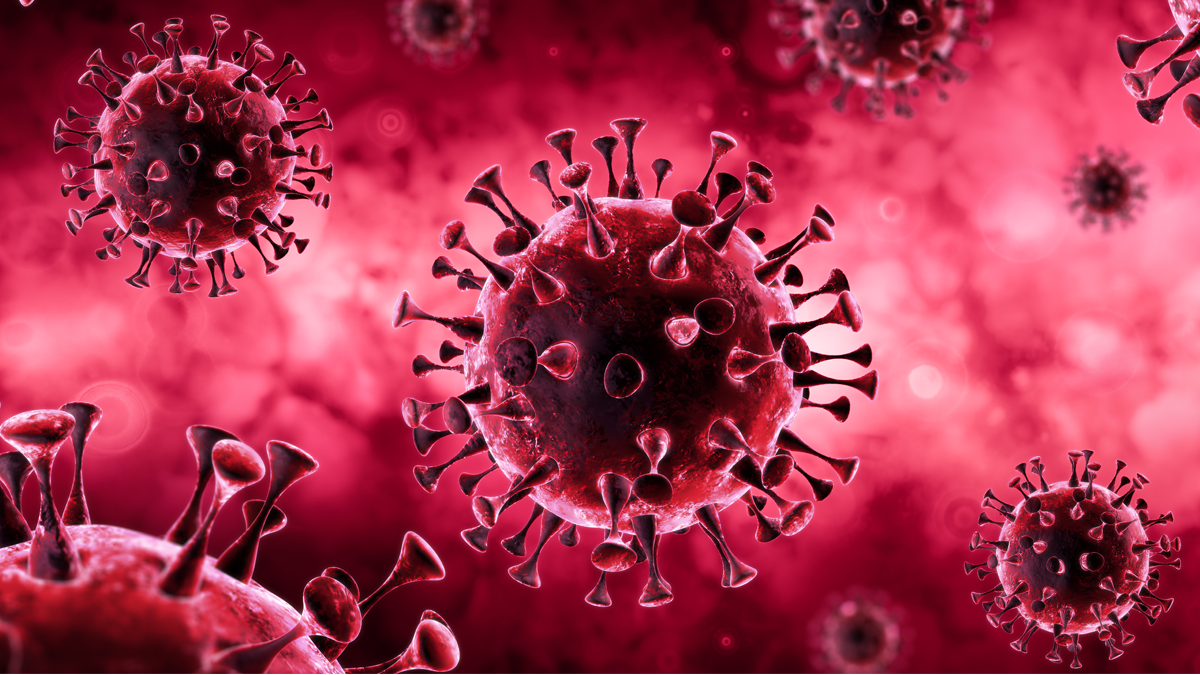

The increasing R-value is a most concerning issue when the states in India rise to control coronavirus (Covid-19) spread before the anticipating third wave in October. According to researchers at the Institute of Mathematical Sciences, Chennai, in the last week of August the R-value rose to 1.17 compared with 0.89 between 14-17 August.
The R-value determines how rapidly the Covid-19 pandemic is spreading.
“Not only is it greater than one, it is much higher than the last time there was a scare of a third wave (it was 1.03 at that time),” Sitabhra Sinha, who is leading the team of researchers, told news agency PTI.
“This is driven by several states having their R-value go over 1 in the last few days of August – most notably Kerala and Maharashtra, but also Mizoram and Jammu and Kashmir,” Singh added.
Why is R-value important?
The Reproduction number or R denotes how fast an infection is spreading. When a wave is at its peak, it is evident that the virus is spreading at a faster rate. But at a time when the wave is receding, a slight increase of R-value can indicate an impending upward trend in the wave again.
Why is R-value important?
The Reproduction number or R denotes how fast an infection is spreading. When a wave is at its peak, it is evident that the virus is spreading at a faster rate. But at a time when the wave is receding, a slight increase of R-value can indicate an impending upward trend in the wave again.
If R is greater than 1, the number of infected people is increasing in each round – this is what is called the epidemic phase. In other words, it tells how ‘efficiently’ a virus is spreading.
States with highest R-value
The R-value of Kerala stood at 1.33, which is the highest number of active cases in the country, according to the Institute of Mathematical Sciences. It was 1.36 for Mizoram, 1.25 for Jammu and Kashmir, 1.09 for Andhra Pradesh and 1.06 for Maharashtra.
R-value during the second wave
When the second wave swept through the country between March to May, the R-value was 1.37 (between March 9 to April 21).
From May 15-June 26, the R-value stood at 0.78. However, it slowly started increasing – it was 0.88 from June 20-July 7, 0.95 from July 3-22, 0.96 from July 24-27.
It breached the value of 1.03 for the first time after the second wave during July 27-31. However, since then it has slowly started to decline.
The R-value was 0.92 from August 6-9, and rose to 0.99 between August 12-14. But it slipped to 0.89 between August 14-17.
Recent Posts
One Sleepless Night Can Weaken Your Immunity and Trigger Inflammation
Sleep is often regarded as a luxury in today’s fast-paced world, but scientific research continuously…
Thick Heart Syndrome: A Silent Threat to Millions in India
Heart disease remains one of the leading causes of death worldwide, and in India, cardiovascular…
Delhi Sees Surge in H1N1 and Influenza B Cases
Delhi is witnessing a sharp rise in flu cases, particularly Influenza B and H1N1 (commonly…
Woman Dies During MRI Scan Due to Medical Negligence
In early February 2025, a tragic incident occurred in Eluru, Andhra Pradesh, where a 61-year-old…
Holi and Eye Safety: Protect Your Vision During Festivities
Holi, the festival of colors, is one of the most vibrant and joyous celebrations in…
FDA Recalls Popular Skincare Products Over Cancer-Causing Chemical
In a major development, the U.S. Food and Drug Administration (FDA) has issued recalls for…


